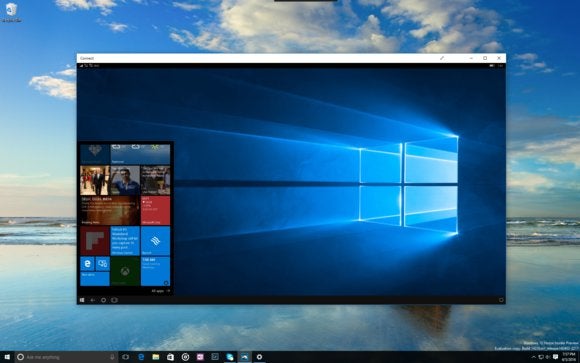The Windows 10 Anniversary Update has caused its fair share of problems for users, such asfreeze-ups of their PCsand the most recent issue of it crashing computers with awebcam attached. So, it's understandably tempting for some people to jump at a repair utility. In the case of the "Windows Self-Healing Tool," please don't.
This utility has been circulating on several technology news sites, with people repeating its claim to fix problems associated with Windows 10. It has the air of authorization because it has a Microsoft logo on it and was first posted on the Microsoft Answers forum for Surface users.
However, ZDNet's Ed Bottsmelled a ratand started digging, and he did some excellent sleuthing. First off, the app has a copyright date of 2015, a little early to be a fix for the Anniversary Update, and the copyright holder is Microsoft Mobile Oy, the Finnish subsidiary formed when Microsoft bought Nokia—which Microsoft has all but disbanded.
Further, he found the Azure Blob Storage account used to distribute the app is the same one used by the old Nokia Software Recovery Tool, which was designed for reinstalling the Windows Phone software on a Lumia device.
Bott found out that program is being distributed on Microsoft's servers, but it does not have anything to do with the Anniversary Update and was apparently only built by a single developer without any authorization from the Windows Support group.
The only thing this "self-healing" app does is run a number of Powershell commands that executes a set of tasks for resetting a Windows 10 device. Bott further noticed that the app states, "You'll need to restart your Surface to finish repairs," which would mean this is for Surface, not PCs.
Individually, Bott notes, the PowerShell commands are safe, but in combination they can have some unintended side effects, such as deleting power schemes and reinstalling Windows 10's Universal Windows Platform apps, deleting their saved settings in the process.
So, if you are having Anniversary Update issues, you should just uninstall it and wait for a fix from Microsoft—and steer clear of this app.






